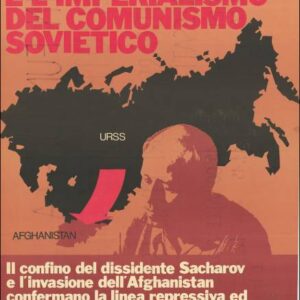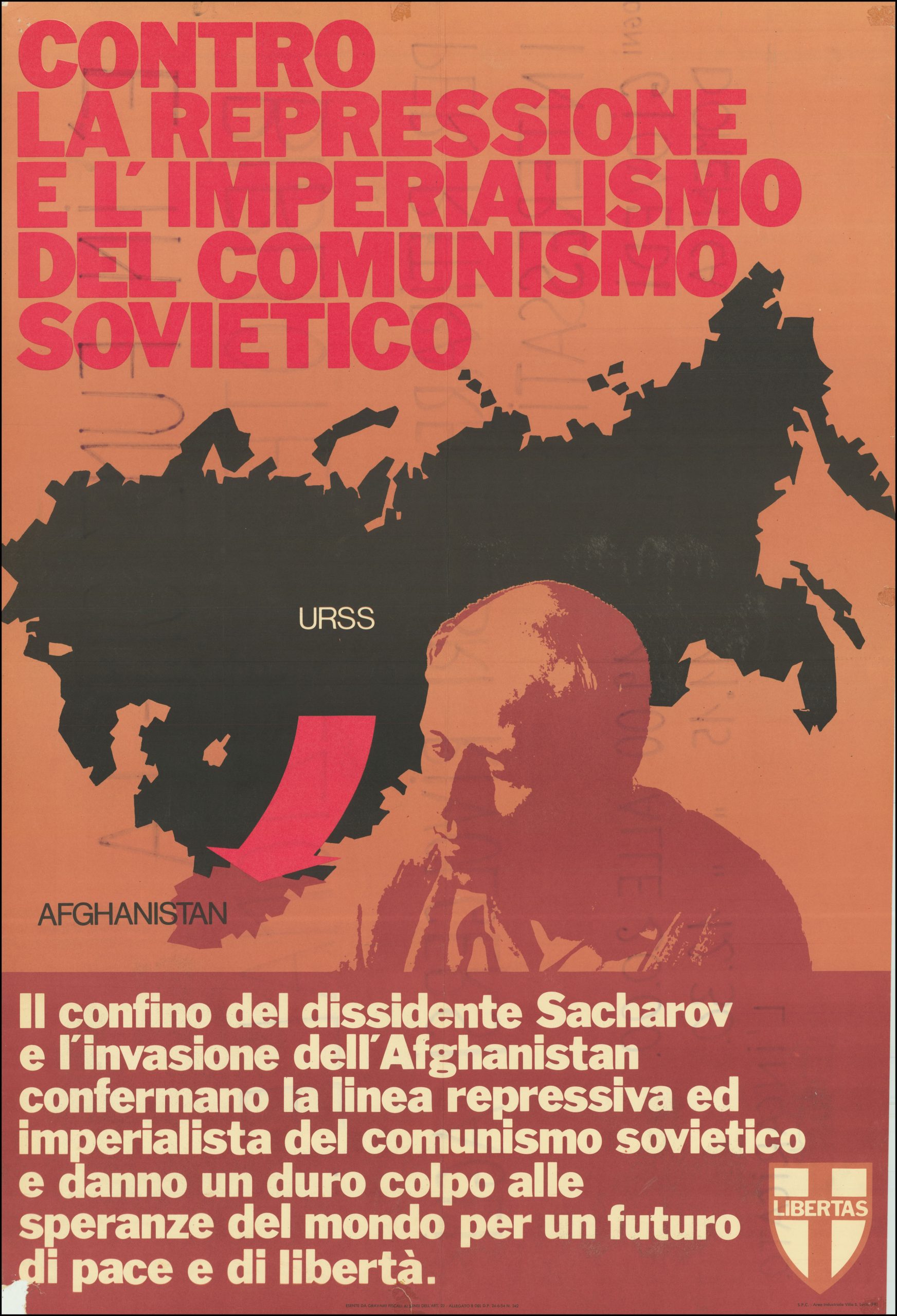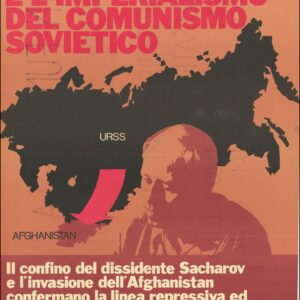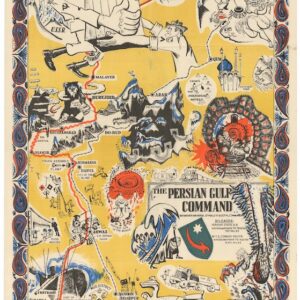A decorative broadsheet explaining and promoting the early petroleum industry in Iraq, on the eve of a new World War.
Piping Petroleum In Iraq.
Out of stock
Description
A rare and early piece of oil- & petroleum memorabilia that would enhance any great collection.
This colorful and informative broadsheet is an excellent collectible for anyone interested in the early oil and petroleum industry of the Middle East. Printed in 1939, it provides an explanatory run-through of the entire process of extraction and petroleum to oil conversion. The sheet offers fifteen distinct panels and a title cartouche with a brief introductory text below. While the two images in the top tier have independent value as context, the remaining thirteen panels constitute part of a narrative that explains the extraction and refining process in distinct steps. It includes a small map of pipeline routes, and an elevation profile reaching from Haditha, to Haifa.
If we begin with the two panels at top, the left image shows what appears to be British soldiers from World War I attacking an Ottoman position in Iraq. It illustrates the essential historical context of petroleum piping in Iraq, namely that it got started much later than in other regions of the Middle East due to internal conflict and instability. Interest in Iraq’s oil fields started in 1901, but actual drilling was not commenced until 1927, so only nine years before this poster was issued. A new war loomed on the horizon when this work was issued in 1939.
Next to the World War One scene, we have a small map showing the full extent of the two pipelines running from the oil fields in Kirkuk to the Mediterranean harbors of Haifa and Tripoli. The intro text emphasizes that this critical infrastructure was constructed by the company that won the concession to drill for petroleum. The broadsheet is designed to explain each step of this process. Of the thirteen processual vignettes, it is worth noting number 9 in particular, which provides an elevation section of the entire region from Kirkuk to the Mediterranean. Even to the layman, this shows the precipitous rises and drops the pipeline had to navigate. It is a simple yet powerful visual of just how complicated a task this must have been.
Census
While this sheet represents an ambition to explain and promote the Iraqi petroleum industry, exactly who is behind this poster is unclear. Part of the reason for this is that after the collapse of the Ottoman Empire, concession agreements to potential petroleum deposits were renegotiated entirely, not just with new countries that arose from the ashes of the Ottoman Empire but also among the Western powers that were making claims to any potential discoveries.
Americans, in particular, insisted on getting their share of what was otherwise dominated by British interests. In the end, this meant that a consortium of British and American companies was given the concessions. The main party among the American companies was Jersey Standard, which later became Exxon, and the chief negotiator for the Americans was Walter Teagle, Jersey Standard’s chairman.
We presume that this poster was issued by the consortium in 1939, perhaps to underline how vital Iraqi oil was for the US and how much had been invested into securing it. With Europe on the brink of a new war, supply lines could easily be compromised, and it was in the interest of America to ensure this did not happen.
We have not been able to identify any institutional examples of this broadsheet.
Cartographer(s):
Condition Description
Very good. Chip in lower right corner.
References




![[Persia & Mesopotamia] Tabula Quinta de Asia.](https://neatlinemaps.com/wp-content/uploads/2024/05/NL-02006-NEWEST_thumbnail-300x300.jpg)
![[Great Game] Map of Aderbeijan compiled principally from personal observations and surveys made in the years 1851-55 by N. Khanikof…](https://neatlinemaps.com/wp-content/uploads/2024/05/NL-01994_thumbnail-300x300.jpg)